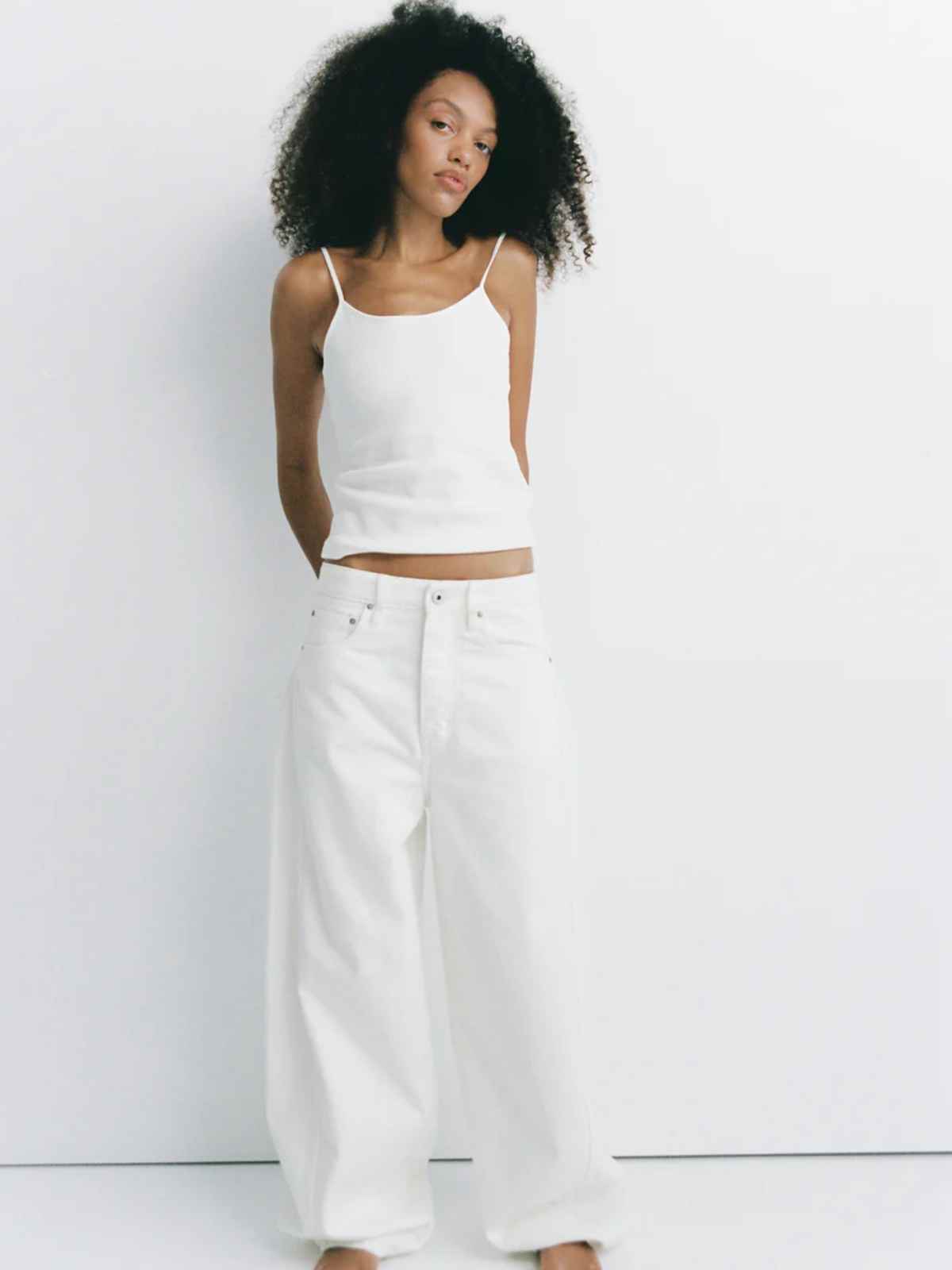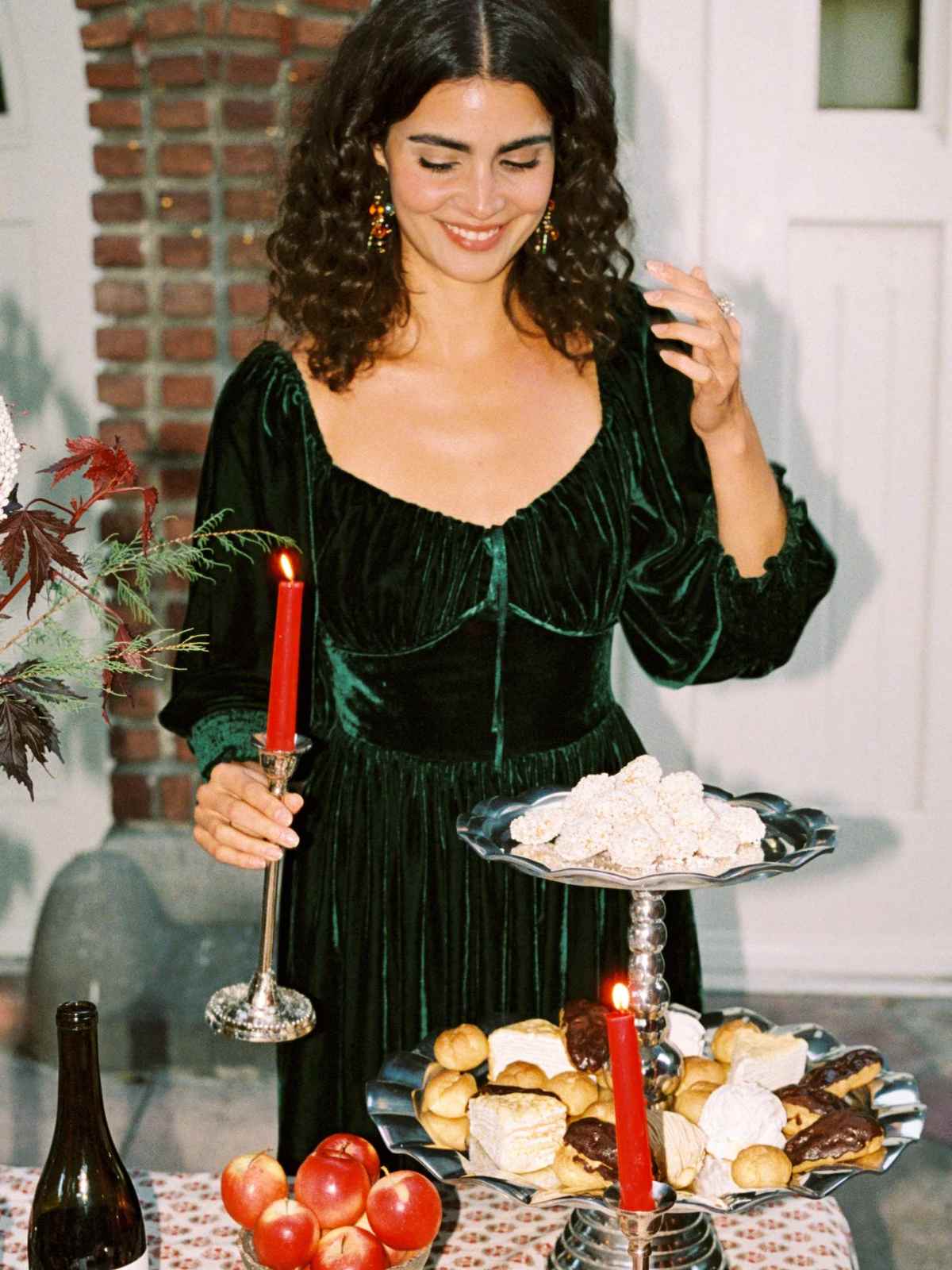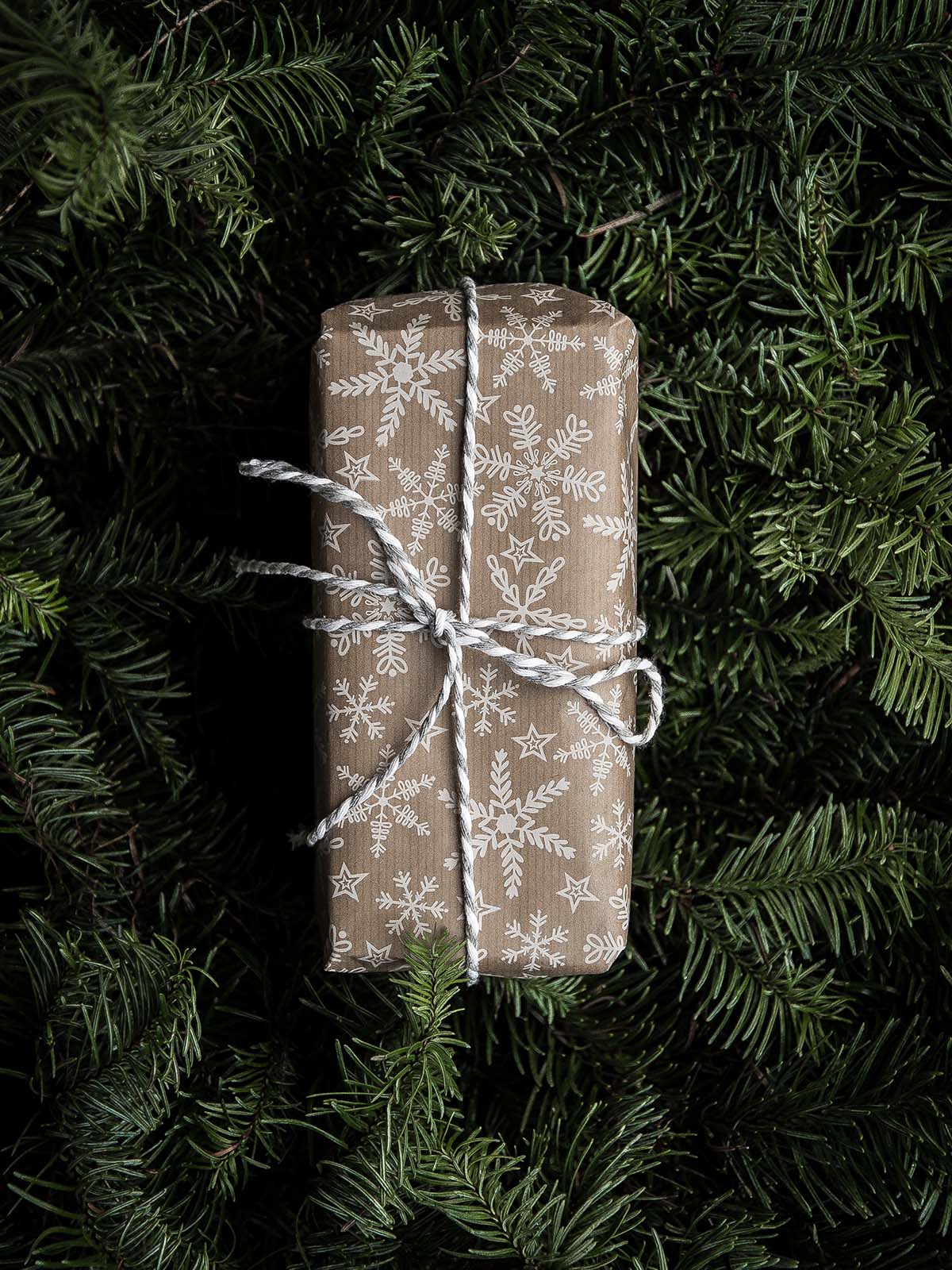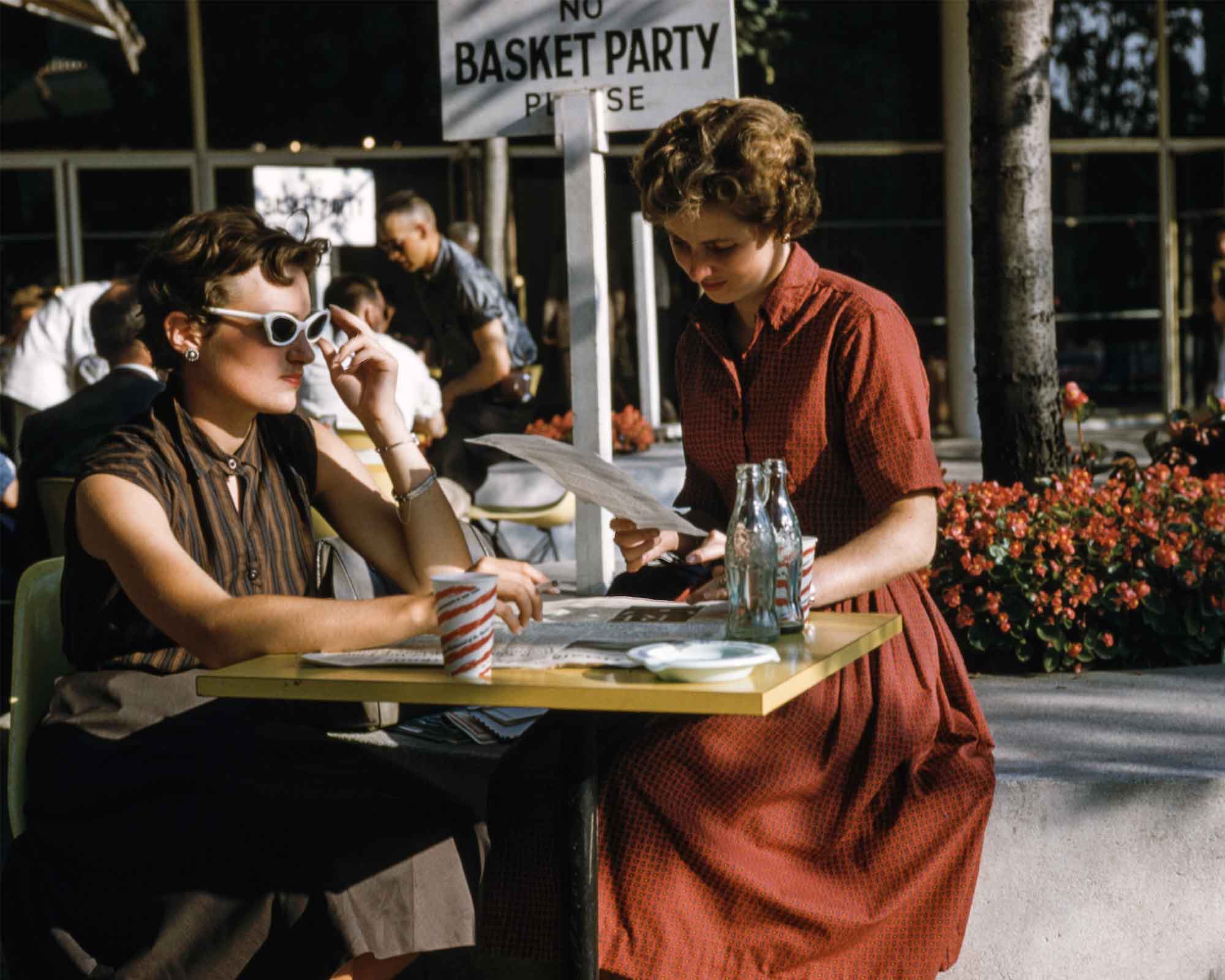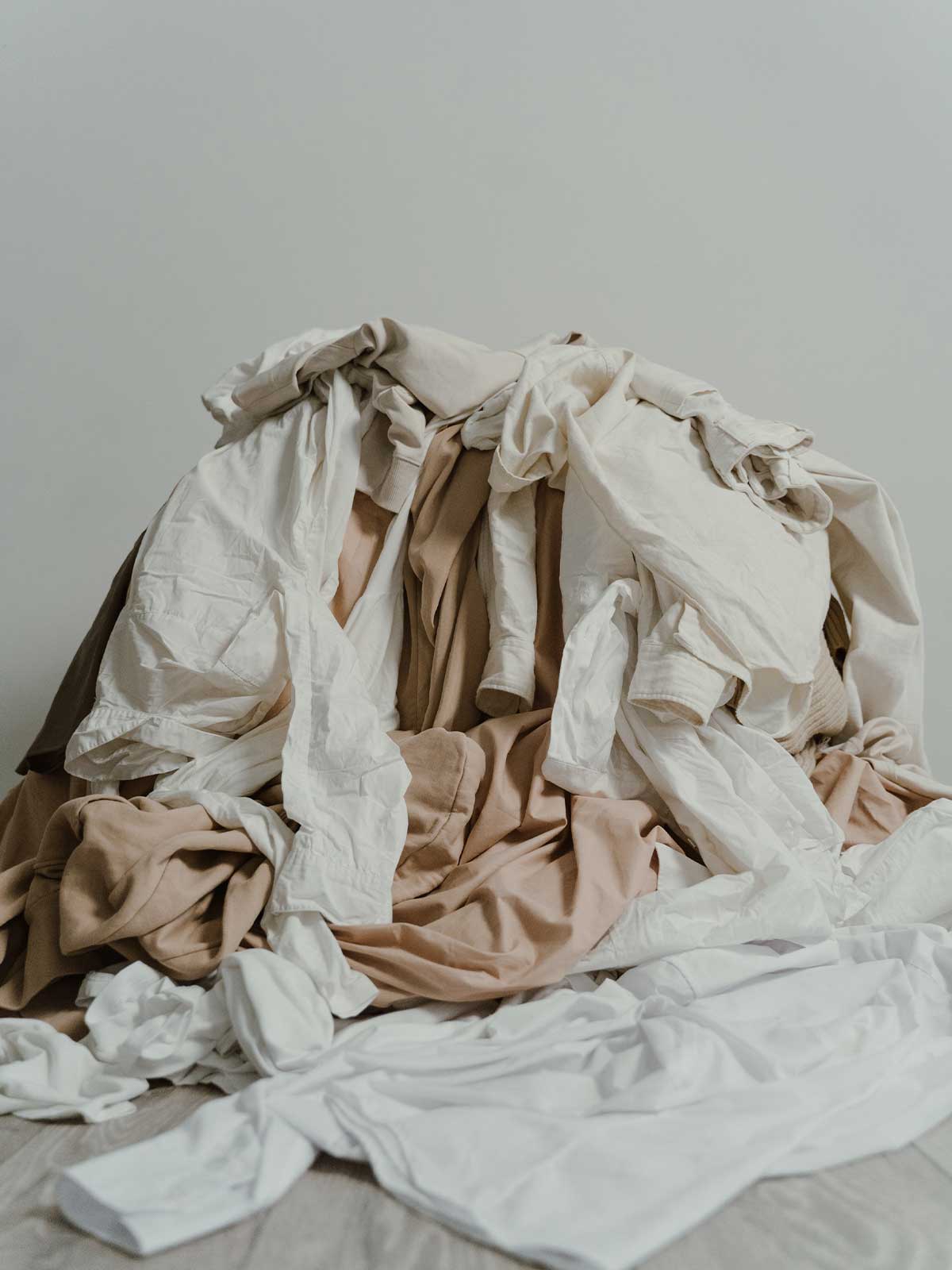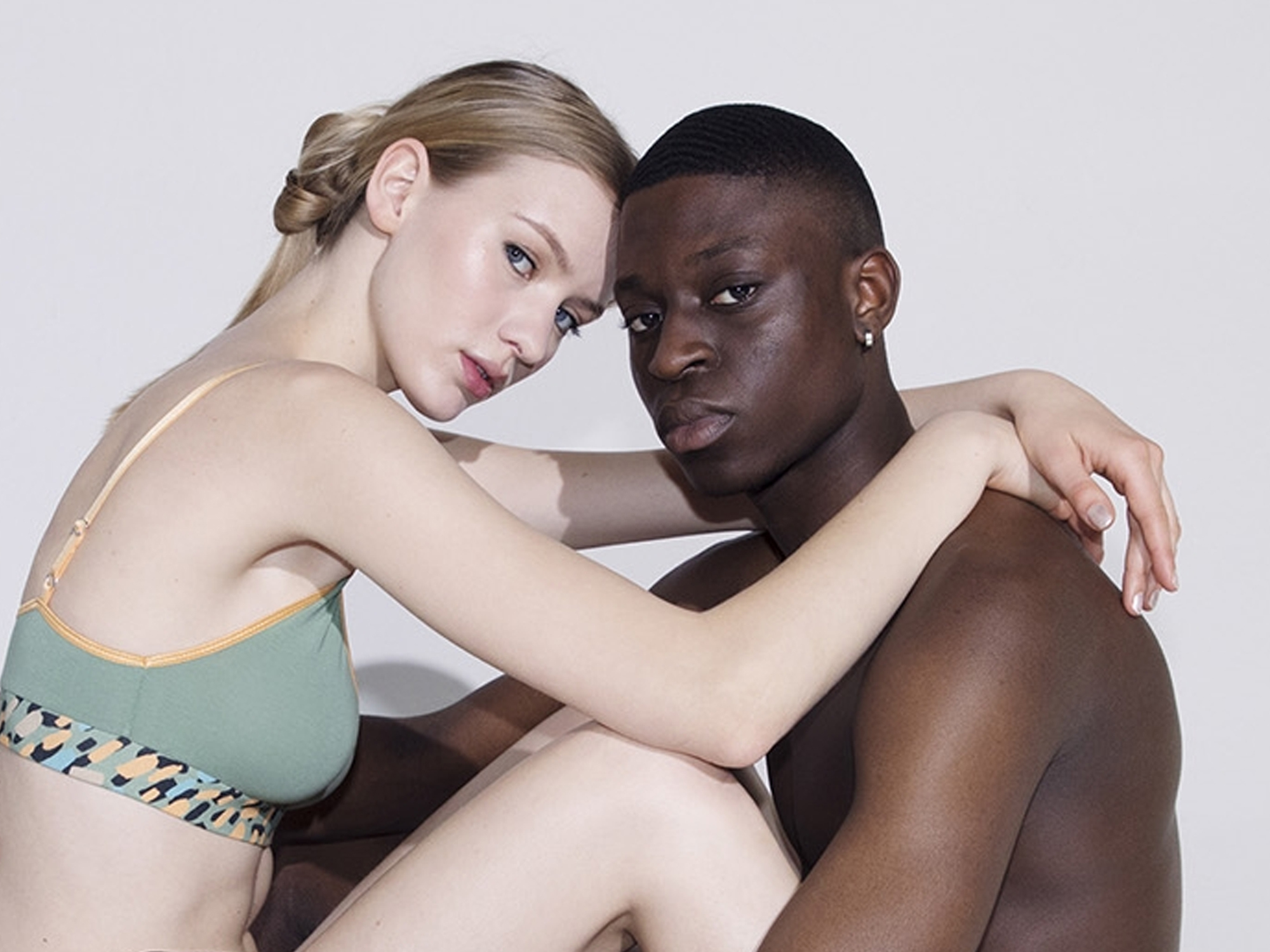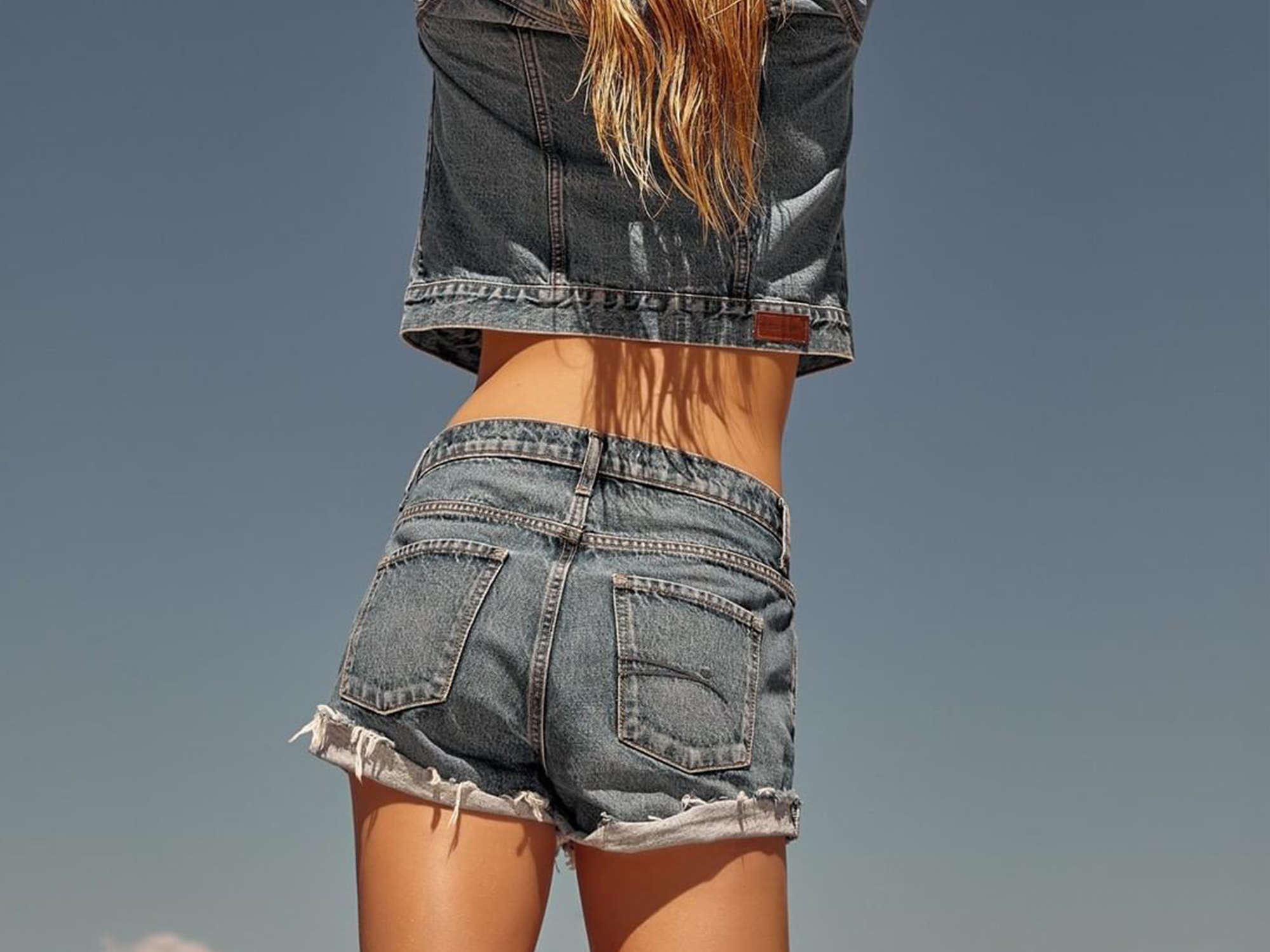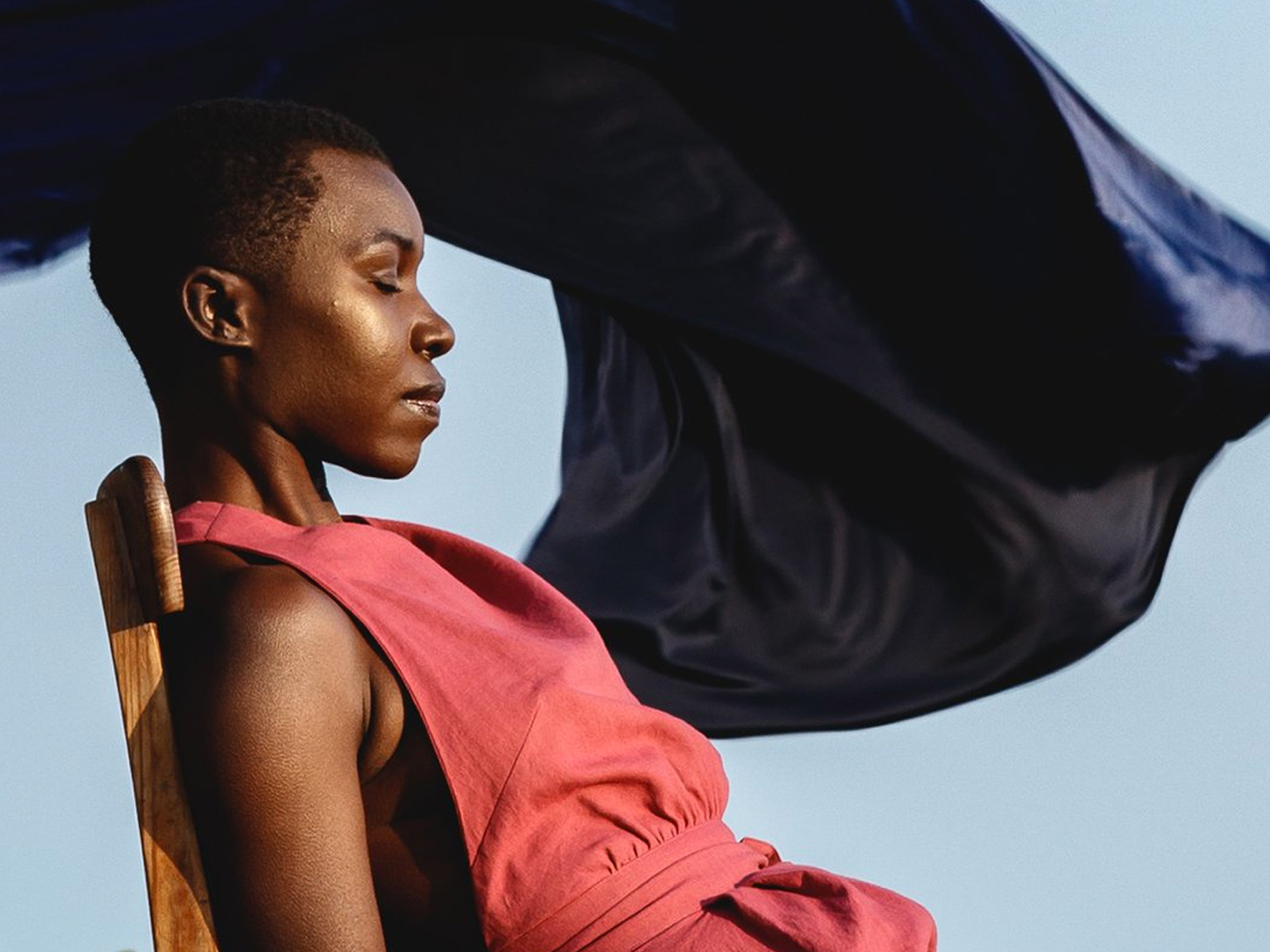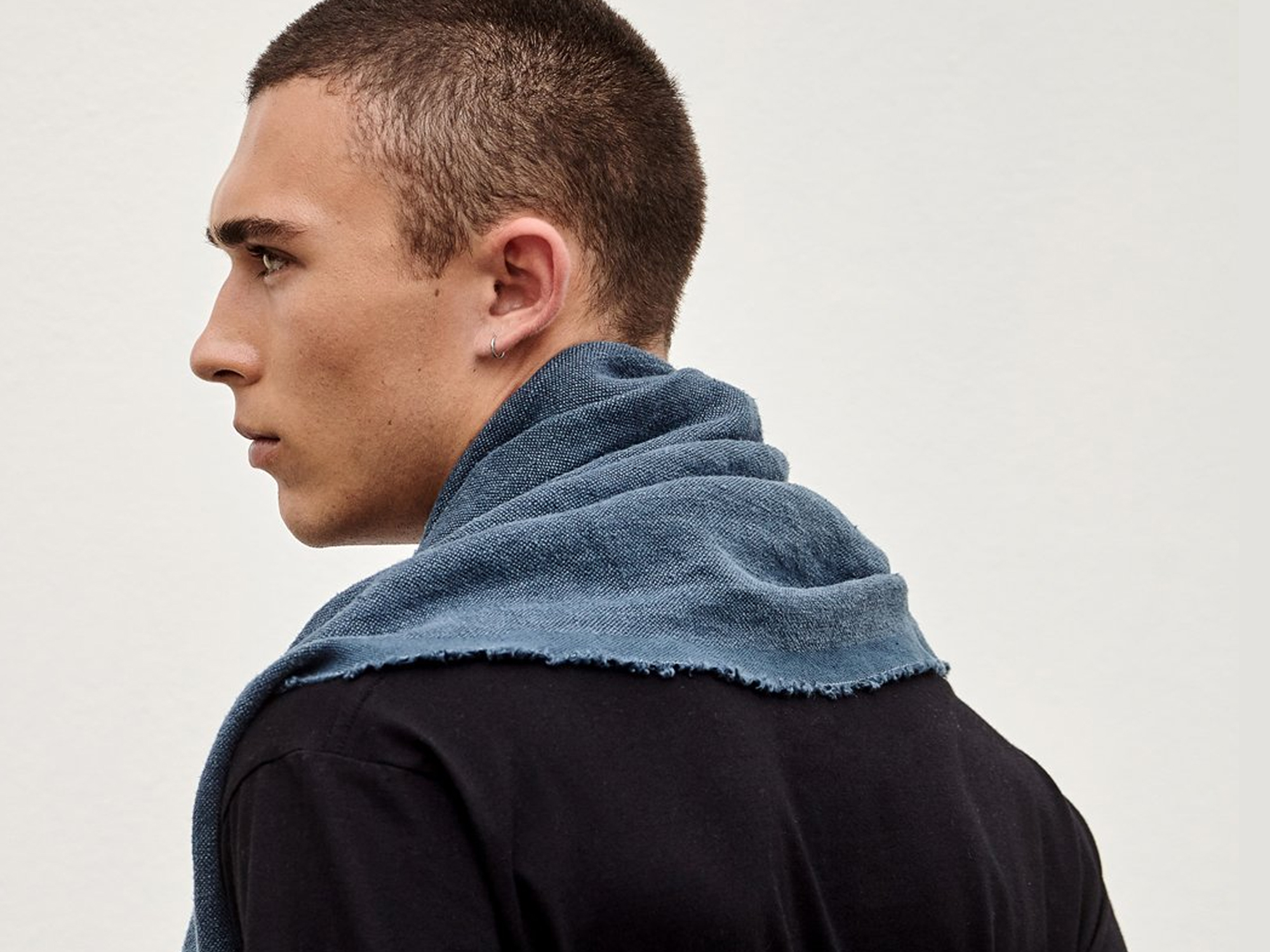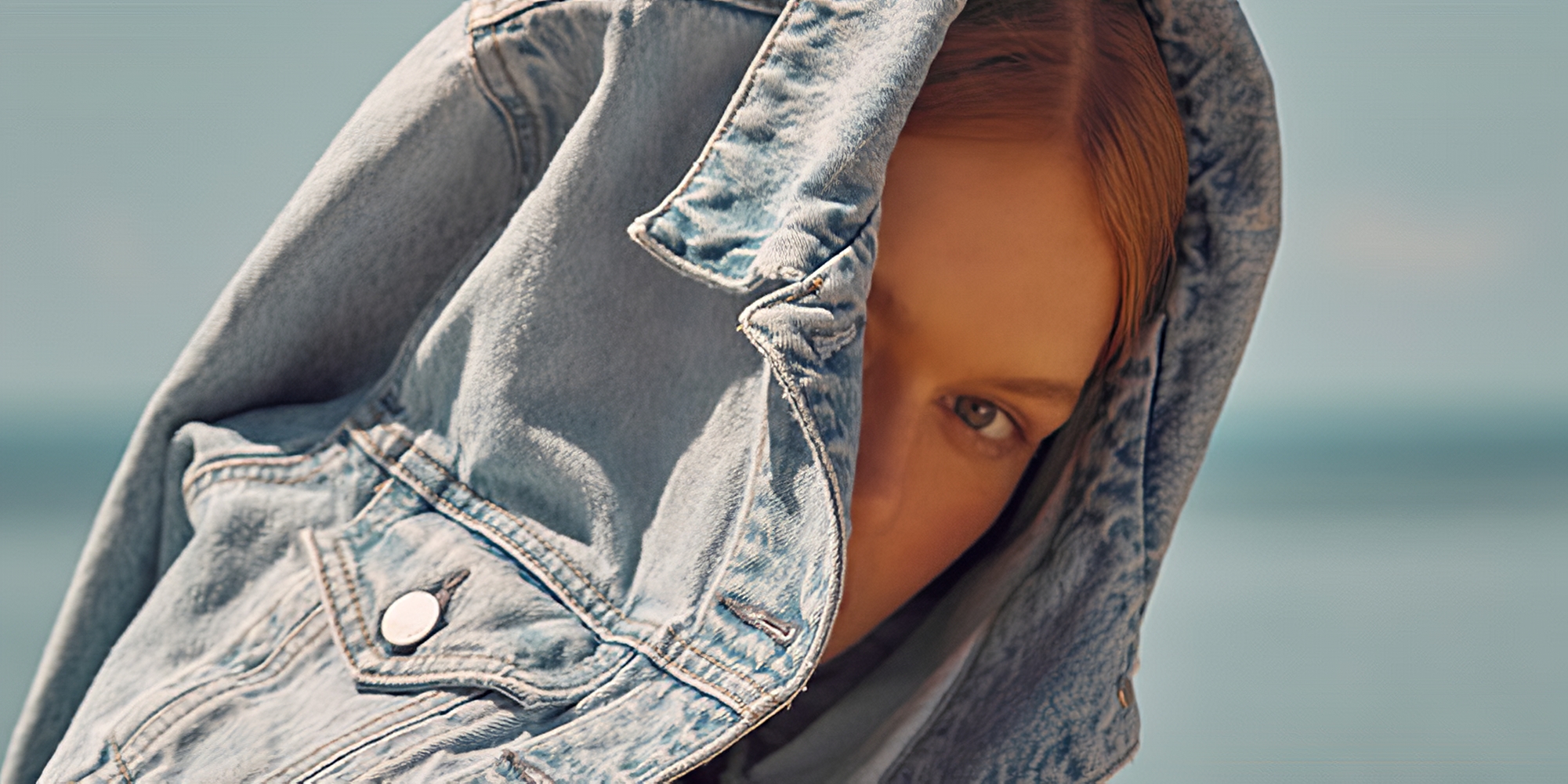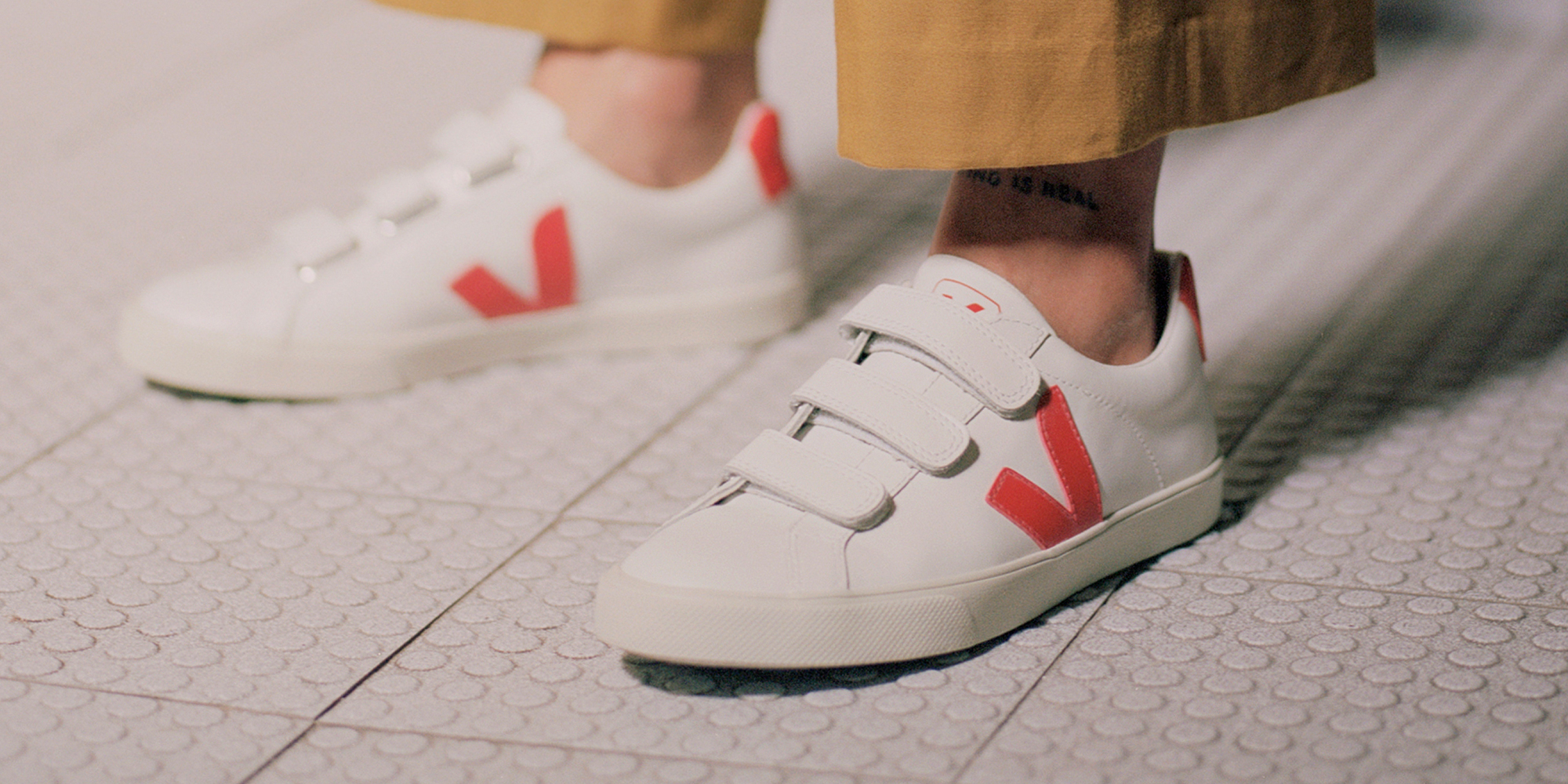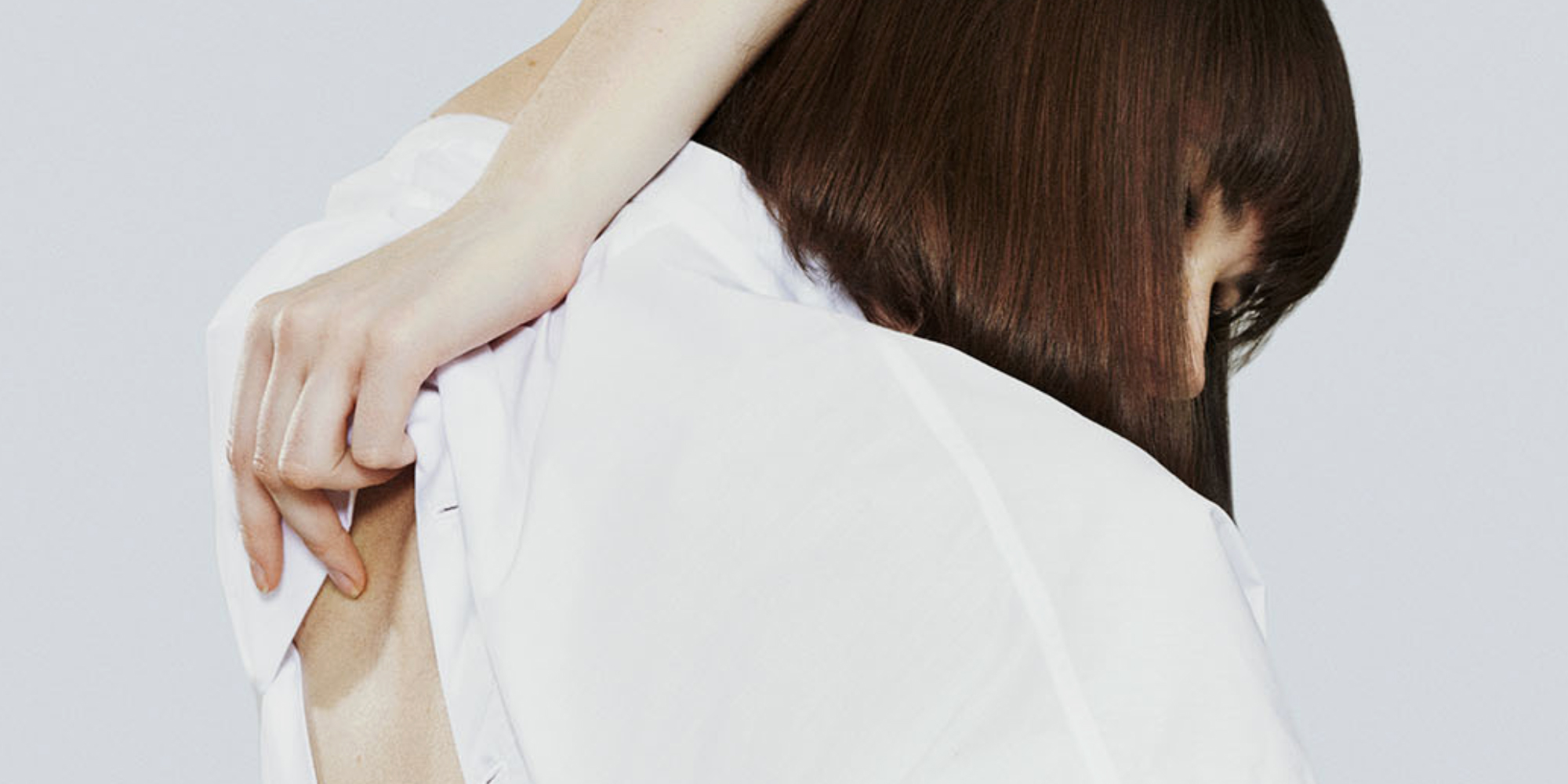Vintage clothing shoppers will be familiar with the thrill of finding that perfect piece—one that looks good, fits well, and tells a story. But what counts as vintage clothing, and how do you make a pre-loved piece your own? Amsterdam-based upcycling queen Lisa Bootsma gives us the lowdown.
History repeats itself in fashion
Right now, ’80s and ’90s clothes are back in a big way. Items like trucker jackets, denim on denim, and tracksuits are all trends from the past that can be seen on today’s catwalks and highstreets. So why buy new when vintage is on trend, affordable, original, and more sustainable?
First, let’s define vintage clothing. Vintage is a part of the world of second hand, but it’s also so much more. Some say vintage is produced between 1920 and 1970, others say vintage is at least twenty to twenty five years old. It is safe to say that true vintage clothing was produced before 2000, with garments made after that known as second hand, or pre-loved.
More important than the era of the clothes is the quality. Back in those days—before the rise of disposable fast fashion—clothing was not bought or produced to wear once and throw away. This shows in the quality of the fabrics and the finishing of the garments, and it means that clothes made thirty, forty, or fifty years ago can still be good to wear today, and far into the future.
For fashion lovers who want to reduce waste and their carbon footprint, vintage clothing offers the perfect solution. I believe that vintage clothing is (one of) the most sustainable options out there. Skipping the whole process of fabric making, sampling, and production results in a significantly lower impact on the environment. Plus, you’re giving an item a new life and preventing it from going to waste.
Why produce something new when we already have something good?
But where do you find the best vintage? There are endless options: cities like Amsterdam, London, Paris, Berlin, and Copenhagen have loads of amazing vintage stores, while Antwerp, Brussels, and Paris are also known for their vintage markets. Vintage shopping in stores and markets can be time consuming to find your size and style, but can also be fun and rewarding. I recommend knowing your measurements, and bringing along a small tape measure just in case you can’t try the garments on.
You can also buy vintage fashion online where dozens of vintage boutiques sell their curated collections. Make sure the listings have high-quality, detailed photos, and ask the seller directly about any flaws. If you love the piece and know you’ll put in the time to fix any issues, it’s worth the investment, but otherwise, passing it up for something better is the way to go.
The trick with buying vintage clothing is to really own the garment
The joy of vintage clothing is that while it wasn’t originally yours, you can make it yours.
The first thing I do when I find new vintage stock is wash all garments carefully. Not all vintage stores do this, especially not when you buy at markets. Make sure you follow the care instructions on the label for the best result.
Next thing you might want to do is personalise the garment. Sometimes you are lucky to find a vintage gem that’s just perfect for you. In this case, the only thing left to do is style it with your wardrobe and enjoy wearing it.
But if you are not completely happy with the garment, it can be easily adapted. Think of applying patches, ribbons, bows, or tapes. Some vintage items are also suitable for embroidery—like denim jackets, t-shirts, and blouses. You can also move up the hemline of skirts and dresses, or make two garments out of one, creating a matching top and bottom. This step presents a unique opportunity to give your vintage garments your own touch.
You can, of course, channel your inner sewist and mend items yourself, or you can bring them to a professional. Tailoring is another great option to consider. By altering a vintage garment to fit your body better, you’ll feel more confident in it and will be more likely to keep it around for longer.
After that, remember to take good care of your vintage clothing to make it last, and when you’re ready to move on you can use one of the many buy, swap, and sell apps to find the clothes their new owner.
Happy vintage shopping.
